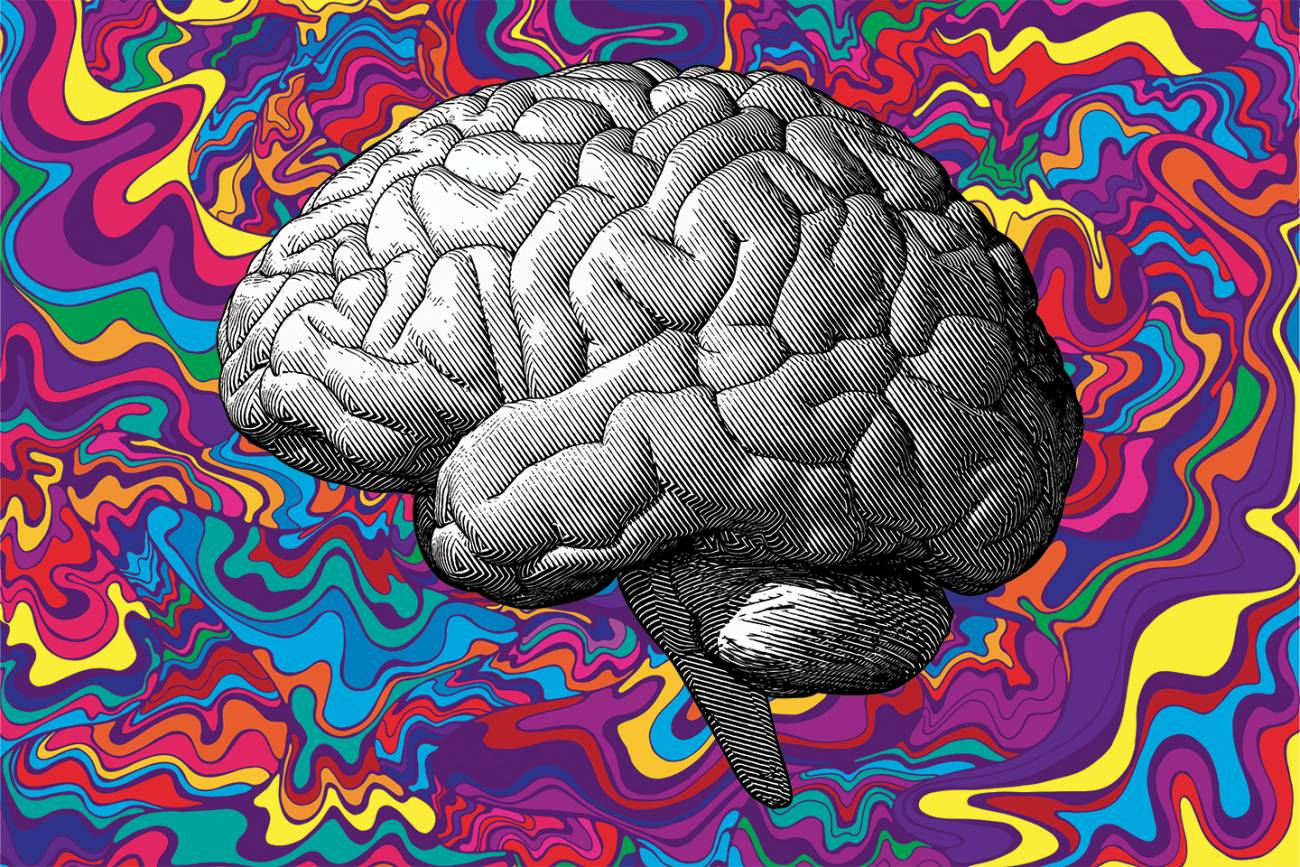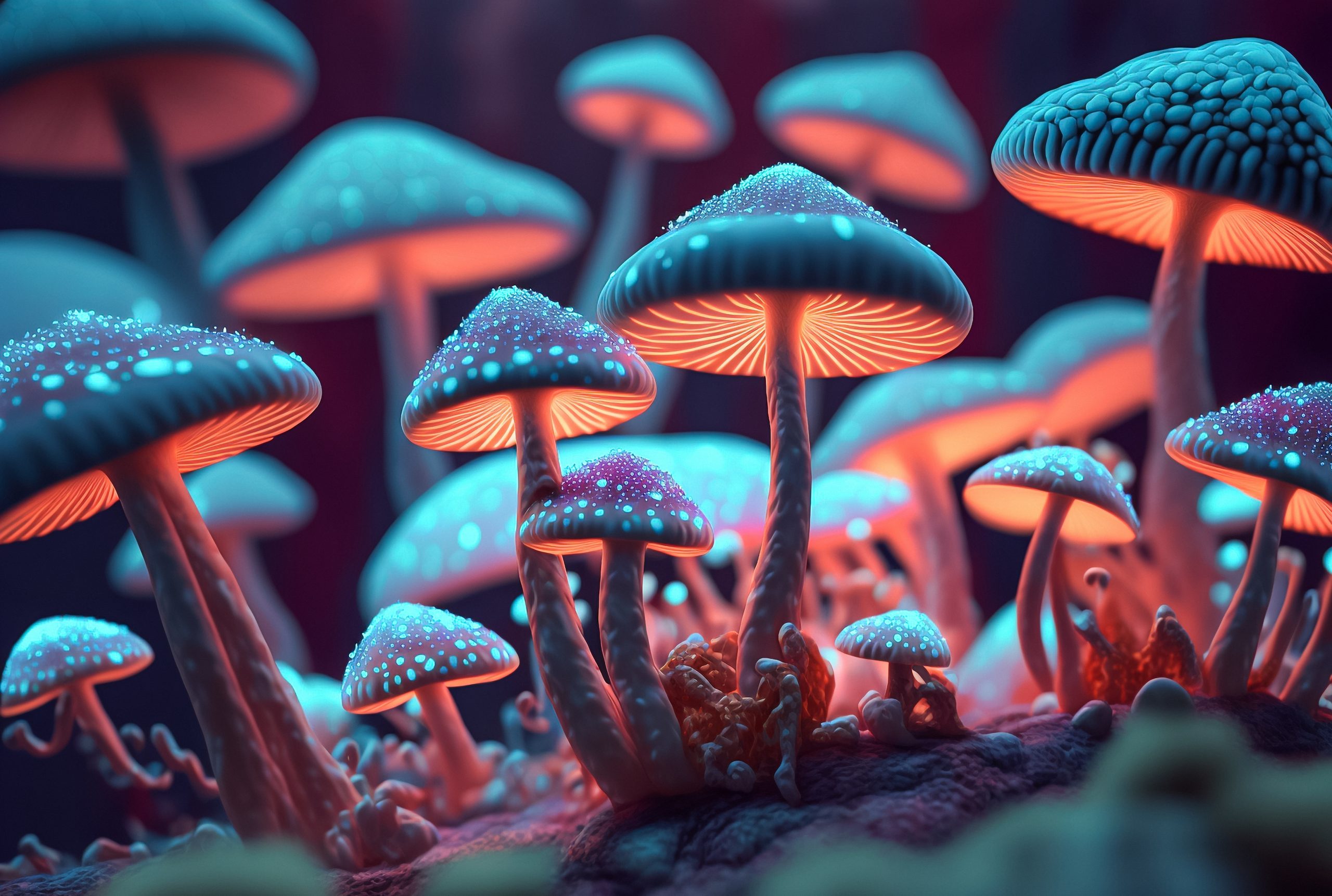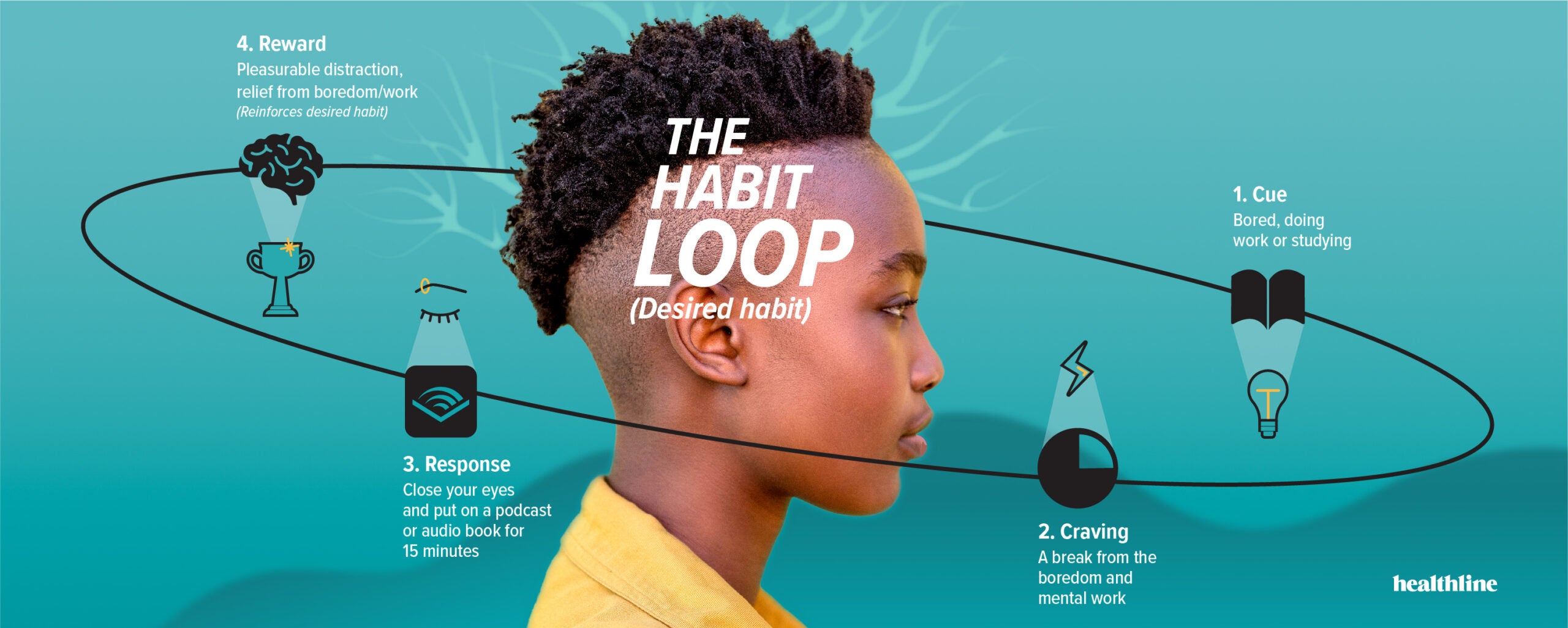Neuroplasticity and Psychedelics
Introduction:
In the enthralling landscape of neuroscience, the concept of neuroplasticity emerges as a remarkable testament to the brain's extraordinary ability to adapt and change over time.
This intricate process operates on a cellular level, involving the modification of existing synapses, the creation of new connections between neurons, and the generation of entirely new neurons and neural networks – a phenomenon aptly named neurogenesis.
Contrary to the earlier belief that brain development is confined to childhood, emerging research indicates that the adult brain remains malleable, capable of self-directed synaptic growth.
https://hub.jhu.edu/2019/09/04/hopkins-launches-psychedelic-center/The Psychedelic Connection:
Recent studies have delved into the potential of psychedelics, such as psilocybin and lysergic acid diethylamide (LSD), to induce profound reorganization and modulation of neural pathways.
These mind-altering substances trigger functional changes in critical brain regions, notably the prefrontal commonly known as a psychedelic 'trip,' marked by shifts in thought patterns, perceptions, and behaviors.
This exploration of the intersection between neuroplasticity and psychedelics opens up a realm of possibilities for understanding the mind's adaptability and its response to external stimuli.
https://today.uconn.edu/2023/04/psychedelics-may-better-treat-depression-and-anxiety-symptoms-than-prescription-antidepressants-for-patients-with-advanced-cancer-2/Habit Formation and Behavioral Change:
Understanding the intricacies of neuroplasticity is not merely an intellectual pursuit but holds practical implications for habit formation and behavioral change.
Research reveals a robust correlation between the establishment of habits and the pursuit and achievement of goals.
The reinforcement of daily habits significantly enhances the likelihood of successfully attaining a goal. The key to making these habits stick lies in connecting the new behavior or the cessation of a particular behavior to a larger purpose or desired outcome.
https://www.healthline.com/health/the-science-of-habit
Consider how neuroplasticity allows the brain to reshape itself based on repeated actions and experiences.
This reshaping contributes to the formation of habits, as neural pathways strengthen with each repetition.
In the context of behavioral change, this insight becomes a powerful tool. By consciously engaging in activities that align with the desired change, individuals leverage neuroplasticity to rewire their brains, fostering lasting behavioral transformations.
Neuroscience and Success:
A deeper comprehension of neuroplasticity and the human brain revolutionizes our perspectives on learning, habit formation, and behavioral change.
This newfound knowledge challenges the traditional notion that brain development plateaus in adulthood, offering hope for personal growth and transformation at any age.
The plasticity of the brain implies that it is never too late to acquire new skills or break detrimental habits.
Consider the implications of neuroplasticity for success. As individuals grasp the potential for ongoing neural adaptation, they can approach challenges with a growth mindset. The understanding that the brain can adapt and evolve fosters resilience and perseverance.
Success, then, is not a static endpoint but a journey of continuous growth and improvement.
The Implications for Personal Growth:
The impact of neuroplasticity extends beyond the scientific realm into our everyday lives. This groundbreaking research invites us to reconsider our potential for change and growth, not just in terms of acquiring new skills but also in shaping our personalities and overcoming challenges.
By harnessing the power of neuroplasticity, individuals can embark on a journey of self-improvement with a newfound understanding of the brain's ability to adapt and evolve.
Consider the application of neuroplasticity in personal growth. When faced with obstacles or setbacks, individuals can leverage neuroplasticity to cultivate resilience.
The brain's ability to reorganize itself in response to experiences means that every challenge becomes an opportunity for growth.
This shift in perspective empowers individuals to embrace difficulties, viewing them as stepping stones to personal development.
Conclusion:
In conclusion, the marriage of neuroplasticity and psychedelics opens up new frontiers in neuroscience, challenging preconceived notions about the limits of the human brain. As we continue to unravel the mysteries of neuroplasticity, its implications for habit formation, behavioral change, and personal growth become increasingly evident. This evolving field of research not only transforms our understanding of the brain but also empowers us to embrace change and unlock our full potential for a better, more fulfilling life.
Frequently Asked Questions:
1. Can neuroplasticity be harnessed for cognitive enhancement?
- Yes, research suggests that activities promoting neuroplasticity, such as learning new skills and engaging in mentally stimulating tasks, can enhance cognitive function.
2. Are there any risks associated with the use of psychedelics for neural modulation?
- While research is ongoing, it's crucial to approach psychedelics with caution. Potential risks include adverse psychological effects, and individuals with certain mental health conditions should avoid them.
3. How can neuroplasticity be applied in educational settings?
- Educators can incorporate neuroplasticity principles by using diverse teaching methods, encouraging active learning, and providing opportunities for students to engage in problem-solving tasks.
4. Is neuroplasticity the same in all individuals, regardless of age?
- While neuroplasticity is present throughout life, it may vary among individuals. Factors such as age, genetics, and overall health can influence the extent of neuroplastic changes.
5. Can habits formed through neuroplasticity be reversed?
- Yes, neuroplasticity allows for the modification of existing neural pathways. By consciously engaging in new behaviors, individuals can reshape their habits over time.




Comments
Post a Comment